Digital Benefits Network
Highlights
- Leading a network of cross-program, cross-sector public benefits practitioners who are expanding the equitable access and uptake of public benefits by improving the technology and services used to deliver them.
- Creating responsive and actionable tools and resources with the latest insights, promising practices, and vision for the future that enables implementation and inspires what’s possible in benefits delivery.
- Driving coordination, collaboration, and alignment in the digital benefits ecosystem.
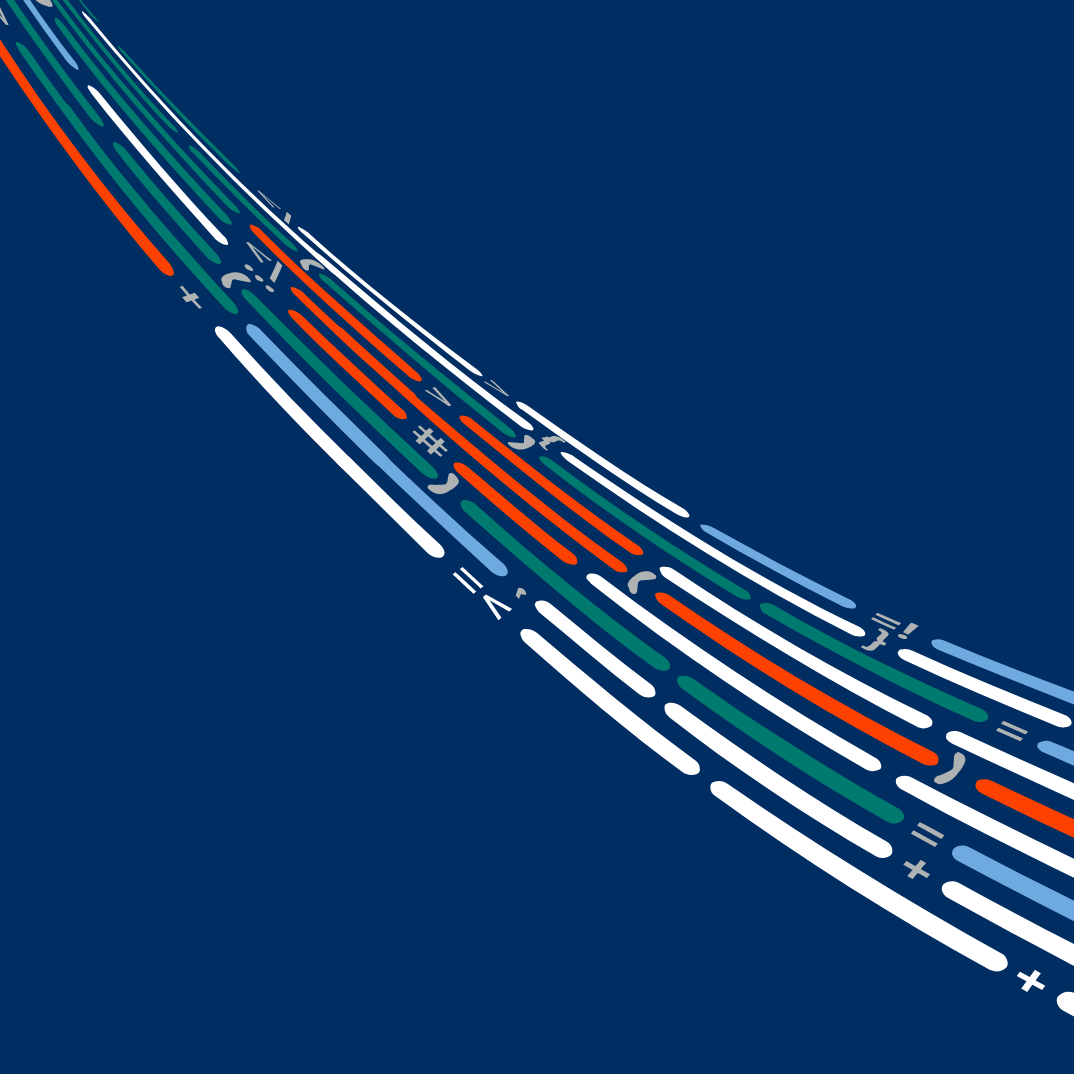
The Digital Benefits Network (DBN) supports government in delivering public benefits services and technology that are accessible, effective, and equitable in order to ultimately increase economic opportunity.
- We value experience and expertise from diverse backgrounds, disciplines, and sectors.
- We work with people who design, deliver, administer, use, and influence public benefits.
- We work across key benefits programs including food and nutrition (SNAP, WIC), health (Medicaid/CHIP), cash assistance (TANF, basic income), child care, and unemployment insurance (UI) to identify shared challenges and opportunities, and to amplify strategies to enable equitable and effective implementation.
- We explore current and near-term challenges, while also creating space to envision and explore future policies, services, and technologies.
Why Now
Social, health, and economic supports in the United States are delivered to individuals and families through a patchwork of programs legislated and funded at the national level, but administered through 56 states and territories, and often delivered through additional local levels of government and nonprofit organizations. This policy design and funding structure has led to a system with wide variations and inequities, with significant burdens placed on the people seeking assistance, especially those from historically marginalized communities.
Recent estimates suggest that if U.S. benefits programs received full funding and 100-percent participation, the poverty rate would decline by 31 percent overall, and would push 14.9 million people—including 4.8 million children— above the poverty level. Increasingly, digital services have become a primary channel for assessing eligibility, applying for programs, and maintaining enrollment. However, these digital systems reflect their policies and are rife with variations and inequities.
We believe we can help policy and technology better serve people seeking and delivering public benefits. We are uniquely positioned within a leading academic institution to advance the focus on design and technology for public benefits.
What We Offer
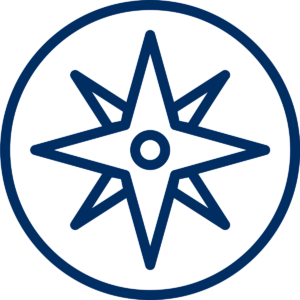
Ecosystem Coordination
We support coordination and deep listening across the ecosystem to align and collaborate on work, and set ambitious goals.
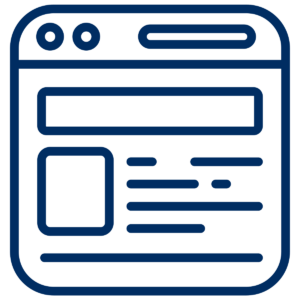
Curation of Information + Tools
We curate resources, projects, and implementation tools from leading organizations on the Digital Benefits Hub.
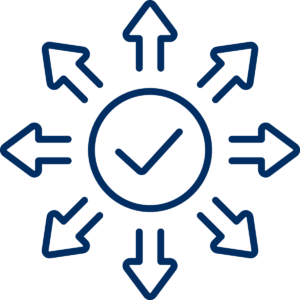
Actionable Research + Resources
We develop responsive and actionable resources based in credible research and analysis to understand the latest insights, identify promising practices, fill foundational research gaps in the ecosystem, and envision where technology is headed in benefits delivery, including co-creating proofs of concept and standards to inspire what’s possible and advance shared visions for equitable service delivery.
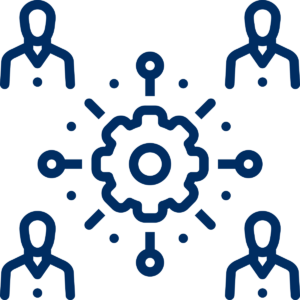
Peer Communities of Practice
We host topical communities of practice to offer peer spaces to explore and solve for near-term and long-term challenges. Through our CoPs we provide access to multidisciplinary experts who bring cross-sector insights and experience.
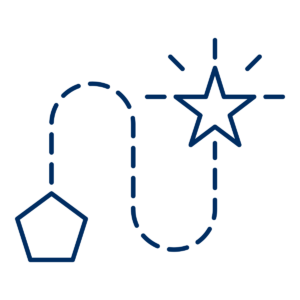
Learning + Futures
We host structured learning opportunities for application of ideas, methods, and standards, including space to imagine new futures for benefits policy and delivery.
Ways to Engage with the DBN
Subscribe to Our Newsletters + Updates

We send monthly and quarterly newsletters, as well as occasional updates and announcements.
- The Digital Benefits Digest is a monthly touchpoint to share information including network updates, the latest Hub resources, and opportunities and events in the ecosystem.
- Digital Benefits in the News is a monthly touchpoint to share news stories and media in the ecosystem.
- The Unemployment Insurance Technology Modernization Quarterly Roundup is a quarterly research update that aims to highlight key learnings related to improving unemployment insurance (UI) systems in the areas of equity, timeliness, and fraud, and monitor for model UI legislation and policy related specifically to technology.
Find, Submit, and Share Resources on the Digital Benefits Hub
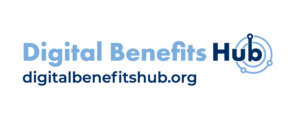
The Digital Benefits Network and the American Public Human Services Association host the Digital Benefits Hub, an ever-growing, open-source library of promising practices in benefits delivery. Practitioners can find more than 700 resources including the latest research, playbooks, webinars, example projects, and more to help improve the accessibility and effectiveness of public benefits. The Hub accepts submissions of materials from across the ecosystem—add your favorite resources today!
We are currently working on an updated design and new functionalities for the Digital Benefits Hub, expected to launch in the fall of 2024.
Join a Community of Practice
The DBN convenes topic-focused communities of practice to create community and shared space on pressing topics, enable implementation using people-centered practices and shared tools, and inspire what’s possible in benefits delivery.
Our Communities of Practice:
Connect: Bring together cross-sector practitioners for connection and information sharing;
Learn: Provide structured learning opportunities; and
Collaborate: Create opportunities to collaborate on the development of new resources, concept prototypes, and standards.
- The Rules as Code Community of Practice (RaC CoP) creates a shared learning and exchange space for people working on public benefits eligibility and enrollment systems—specifically people tackling the issue of how policy becomes software code. The RaC CoP brings together cross-sector experts who share approaches, examples, and challenges. Participants are from state, local, tribal, territorial, and federal government agencies, nonprofit organizations, academia, and private sector companies. We host recurring roundtable conversations and an email group for asynchronous updates, insights, and assistance. Fill out the interest form or email rulesascode@georgetown.edu to join.
- Launching Q3 2024: The Digital Identity Community of Practice creates space for cross-sector, cross-program practitioners to explore challenges and pain points related to digital identity in public benefits delivery, and inform how digital identity strategies can be equitably and effectively in public benefits contexts. Email digitalbenefits@georgetown.edu if interested.
- The Unemployment Insurance Technology Coordinating Coalition engages cross-sector practitioners, including: states, legal advocates, labor unions, technologists, think tanks, and other nonprofits through bi-weekly calls, annual convenings, closed-door sessions, research, and technical assistance. The goal is to ensure that the $2 billion appropriated in the American Rescue Plan Act for the U.S. Department of Labor to address timeliness, equity, and fraud prevention in the UI system over the next two years is spent on technology that works for beneficiaries and ensures equitable access. Email uitechconveners@georgetown.edu if interested.
Dive Deeper Into Our Research
The Digital Benefits Network conducts specialized, ongoing research on topics that have cross-program implications. We prioritize research that can enable people-first service design and responsible implementation.
We conduct timely, actionable research to:
- Support government practitioners in action-oriented inquiry, informed by academic research;
- Explain complex technical topics that impact benefits delivery for a practitioner audience;
- Build ecosystem-wide knowledge and data about the state of digital benefits delivery; and
- Document current and emerging approaches to using technology, data, and design in benefits delivery through qualitative research.
See all Digital Benefits Network-authored resources on the Digital Benefits Hub.
Please contact us with your thoughts, questions, or potential collaborations.
Research Topic Highlights
We currently have ongoing research agendas related to digital identity and rules as code. Our research is always informed by the needs of practitioners, and our topically-focused communities of practice on digital identity and rules as code inform our research strategy and priorities on these topics. We also conduct exploratory research on other topics in response to evolving ecosystem needs.
- Digital Identity in Public Benefits
The DBN started researching digital identity in public benefits in 2022. We were motivated to work on this topic because of concerns about how account creation and identity proofing requirements may create burdens for applicants and beneficiaries. We also believe that benefits-administering agencies need additional support and information to navigate digital identity approaches and balance access and security, and protect sensitive information.
Our research so far has included:
-
- landscape research documenting authentication and identity proofing practices in initial online benefits applications across the country;
- a guide to federal government activities related to digital identity; and
- a review of promising digital identity design patterns.
We also publish primers and a glossary to introduce practitioners to the topic. You can view Digital Identity resources from across the ecosystem on the Digital Benefits Hub.
- Benefits Eligibility Rules as Code
The DBN started researching Rules as Code applied to benefits eligibility in 2021. Inspired by the international Rules as Code movement, we were motivated to work on this topic because maintaining eligibility rules within public benefits eligibility screeners, enrollment systems, and policy analysis tools—like calculating criteria for household size, income, and expenses—is a significant cross-sector challenge, fundamentally limiting the ability of government administrators to effectively deliver benefits and the ability of residents to easily understand the benefits for which they are eligible. Rules as Code has the potential to increase efficiency for interpreting policy into code, by eliminating duplicative efforts in and offering shared reference resources like plain language logic and software code. With benefits eligibility logic standardized and open, there would be new possibilities in service delivery, including enabling more cross-benefits screening and powerful new tools that can assist policymakers and legislators in modeling and measuring the impacts of public benefits policy changes.
Our research so far has included:
-
- The first report exploring rules as code applied to the U.S. public benefits policy, followed by two short versions on applying Rules as Code and a federal government vision.
- Hosting a Rules as Code Demo Day featuring eight cross-sector product demos.
- Joint research with the Massive Data Institute to investigate how federal agencies and state and local counterparts communicate updates to rules and how to build on the work of the community and existing frameworks.
- The Policy2Code Prototyping challenge to invite experiments testing the use of generative artificial intelligence in translating policy into software code and plain language logic.
We collect research on Digitizing Policy + Rules as Code from across the ecosystem on the Digital Benefits Hub.
Project Updates
Project Reports & Resources
Digital Benefits Hub
Oct. 20, 2022
Accessible Benefits Information: Reducing Administrative Burden and Improving Equitable Access through Clear Communication About Safety Net Benefits
Jan. 13, 2022
Benefit Eligibility Rules as Code: Reducing the Gap Between Policy and Service Delivery for the Safety Net
Feb. 22, 2022
Integrating Social Safety Net Benefits: Options for State and County Agencies Informed by Recent Integration Successes
Jan. 31, 2022
Using Text Message Outreach to Reduce SNAP Churn
Oct. 7, 2021
Preparing for Human-Centered Redesign
Dec. 6, 2021











